Biography
Paul Haefliger was born on 8 February 1914 in Frankfurt, Germany of Swiss parents. [3] His father was a businessman and the Honorary Swiss consul general in Frankfurt during the 1930s. His mother was a painter and he had uncles in Bern who were art connoisseurs and collectors of modern art. Haefliger attended school in Germany and Switzerland. [1]
In 1930 he moved to Australia where his mother hoped he would become a wool sorter. [4] He was more interested in art and in the 1930s studied at the Julian Ashton Art School in Sydney. In 1935 he married artist Jean Bellette. [5] From 1936 he travelled to Europe and studied at the Westminster School of Art in London under Bernard Meninsky and Mark Gertler; the Académie Colarossi and the Académie de la Grande Chaumière in Paris. His study tours of Japan, India, Britain and Europe, gave him an opportunity to study woodcutting and printmaking. [6] [7]
Paul Haefliger returned to Australia in 1939 [3] and assisted editor Peter Bellew with the magazine Art in Australia . In 1941 he was appointed art critic for the Sydney Morning Herald , a position he held until 1957. One of this earliest critiques was of Russell Drysdale's first Sydney exhibition in 1942. Although Haefliger's reviews did not carry his name, most people knew who 'Our Art Critic' was. [1] In 1944 he was called as a witness for the defence in the court case arising from the controversial William Dobell entry [8] in the Archibald Prize Competition in 1943. [7]
Haefliger was a foundation member of the "Sydney Group of Artists" in 1945 and coined the name "Charm School" in a review of the work of Jocelyn Rickards in October 1948. Titled 'Artist Relies on Charm', Haefliger's review states that Rickard's work "certainly belongs to the charm-school and, as a substitute, it will carry this young artist quite a distance". They term "Charm School" eventually came to be used in a pejorative way, to refer to several of the artists who were part of the Sydney Group of Artists. [1]
In 1957 Haefliger left Australia with his artist wife Jean Bellete to live overseas, mostly in Majorca, Spain, though he still visited Australia periodically to exhibit. [1] [7] He died in March 1982 in Switzerland during an amputation operation on his leg. [9]
Haefliger's only book was Duet for Dulcimer and Dunce, published in 1979 at his own expense, three years before he died. The book contains a series of essays, some with an autobiographical bent, which he wrote between 1964 and 1966 and revised in 1976. [1]
His woodcuts and linocuts dating back from the 1930s are much sought after. [7]
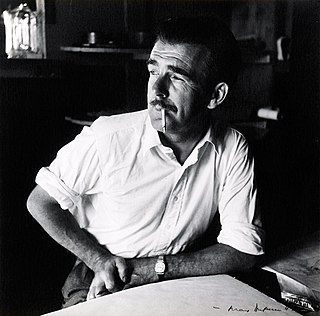
Sir William Dobell was an Australian portrait and landscape artist of the 20th century. Dobell won the Archibald Prize, Australia's premier award for portrait artists on three occasions. The Dobell Prize is named in his honour.

Sir George Russell Drysdale, also known as Tass Drysdale, was an Australian artist. He won the prestigious Wynne Prize for Sofala in 1947, and represented Australia at the Venice Biennale in 1954. He was influenced by abstract and surrealist art, and "created a new vision of the Australian scene as revolutionary and influential as that of Tom Roberts".
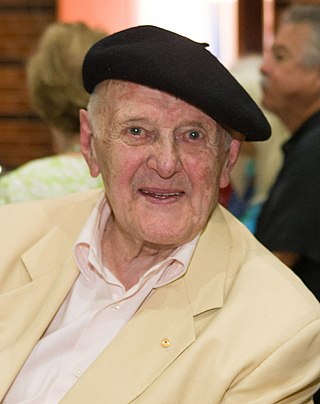
John Henry Olsen AO OBE was an Australian artist and winner of the 2005 Archibald Prize. Olsen's primary subject of work was landscape.
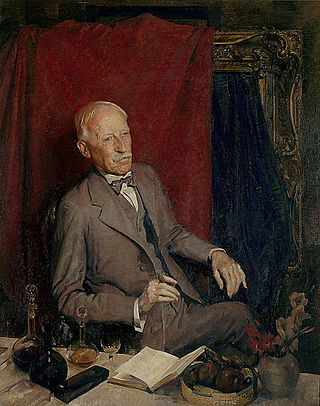
Julian Rossi Ashton was an English-born Australian artist and teacher. He is best known for founding the Julian Ashton Art School in Sydney and encouraging Australian painters to capture local life and scenery en plein air, greatly influencing the impressionist Heidelberg School movement.
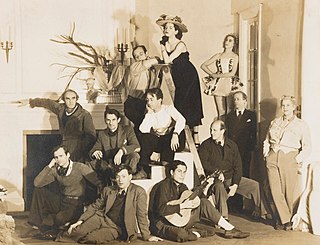
The Merioola Group, also known as the Sydney Charm School, was a group of Australian artists active in Sydney during the 1940s and early 1950s. The group was named after Merioola, a Woollahra mansion where many of its members lived.

Sir Lionel Arthur Lindsay was an Australian artist, known for his paintings and etchings.

Amanda Robins is an Australian contemporary artist who is best known for her paintings and large-scale drawings of clothing and drapery.

The National Art School (NAS) is a tertiary level art school, located in Darlinghurst, an inner-city suburb of Sydney, New South Wales, Australia. The school is an independent accredited higher education provider offering specialised study in studio arts practice across various disciplines.
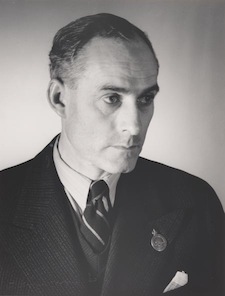
Adrian George Feint was an Australian artist. He worked in various media, and is noted for his bookplate designs.
James Stuart MacDonald was an Australian artist, art critic and Director of the National Art Gallery of New South Wales from 1929 to 1937.

Michael Kmit was a Ukrainian painter who spent twenty-five years in Australia. He is notable for introducing a neo-Byzantine style of painting to Australia, and winning a number of major Australian art prizes including the Blake Prize (1952) and the Sulman Prize. In 1969 the Australian artist and art critic James Gleeson described Kmit as "one of the most sumptuous colourists of our time".
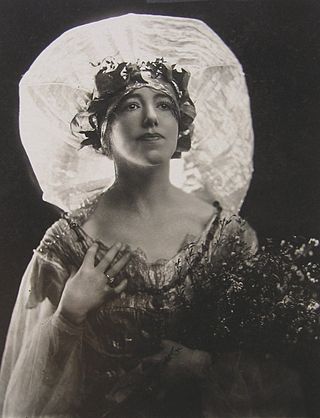
Hilda Rix Nicholas was an Australian artist. Born in the Victorian city of Ballarat, she studied under a leading Australian Impressionist, Frederick McCubbin, at the National Gallery of Victoria Art School from 1902 to 1905 and was an early member of the Melbourne Society of Women Painters and Sculptors. Following the death of her father in 1907, Rix, her only sibling Elsie and her mother travelled to Europe where she undertook further study, first in London and then Paris. Her teachers during the period included John Hassall, Richard Emil Miller and Théophile Steinlen.
Jocelyn Rickards was an Australian artist and costume designer.
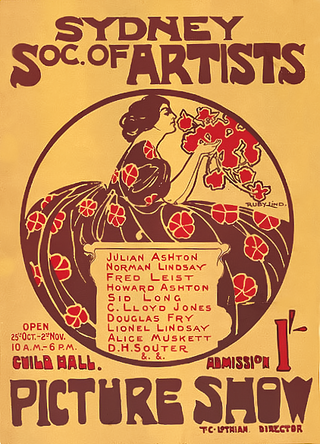
The Society of Artists was an influential Sydney based group of progressive artists who staged annual exhibitions from 1895 to the 1960s. The Society included many of Australia's best artists of the time. It lapsed during the mid 1960s.

Jean Bellette was an Australian artist. Born in Tasmania, she was educated in Hobart and at Julian Ashton's art school in Sydney, where one of her teachers was Thea Proctor. In London she studied under painters Bernard Meninsky and Mark Gertler.

John Richard Passmore was an abstract impressionist Australian artist. Passmore trained in Australia before spending many years in England. He returned to Australia, where he taught. When he died he left his money to his family but his paintings to an acquaintance.
Aida Tomescu is an Australian contemporary artist who is known for her abstract paintings, collages, drawings and prints. Tomescu is a winner of the Dobell Prize for Drawing, the Wynne Prize for Landscape and the Sir John Sulman Prize, by the Art Gallery of New South Wales.
Elaine Alys Haxton, AM was an Australian painter, printmaker, designer and commercial artist.

The Julian Ashton Art School was established by Julian Ashton in 1890 as the "Academy Julian", has been an influential art school in Australia. For a long time it was known as the Sydney Art School.

Allan Holder Jordan (1898–1982) was an Australian painter, designer, printmaker and teacher.
This page is based on this
Wikipedia article Text is available under the
CC BY-SA 4.0 license; additional terms may apply.
Images, videos and audio are available under their respective licenses.















